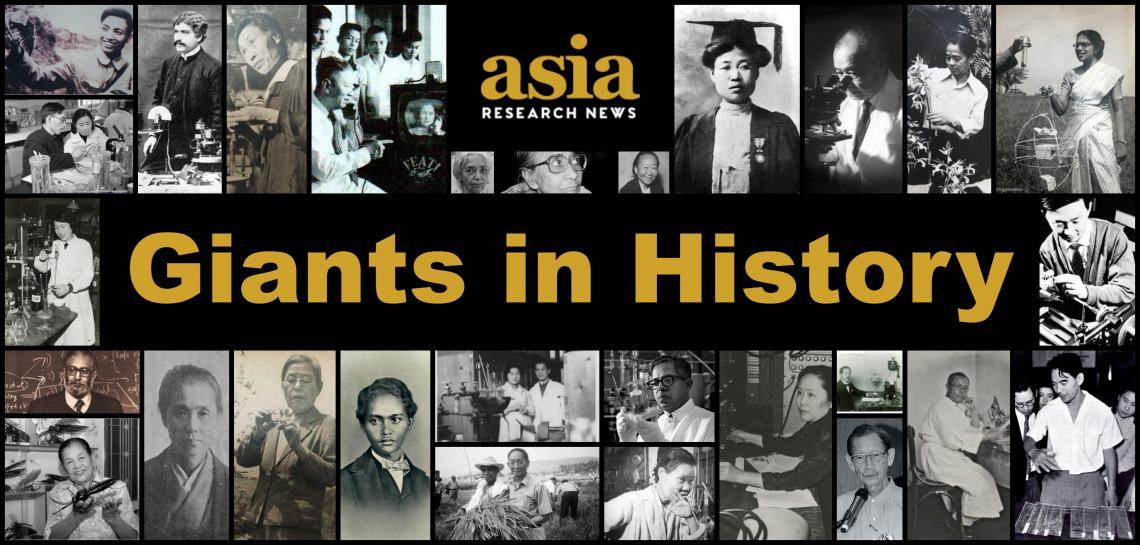Born in Indore, Madhya Pradesh to a family of distinguished chemists, Sohonie wanted to follow in her father’s and uncle’s professional footsteps. Although she topped her class at university, her research fellowship application to IISc was rejected by the institute’s director, who believed women were not sufficiently competent to conduct research. Determined to continue her studies, Sohonie staged a peaceful protest and the director, C.V. Raman, agreed to accept her into the institution. But there were several conditions attached: Sohonie would be on probation for a year until Raman deemed her work worthy; she would work whenever her mentor required her to, irrespective of time of day; and she would not be a “distraction” to male researchers. Sohonie was the first scientist to characterise the proteins in pulses, a type of legume commonly eaten in India. Her research impressed Raman so much that he began accepting women into the program. In 1937, Sohonie received a research scholarship to complete her Ph.D. at the University of Cambridge, where she discovered cytochrome C, an enzyme important for energy generation, found in all plant cells. When she returned to India, Sohonie studied the effects of vitamins and how to accurately quantify vitamin content in foods. She and her students also examined the nutritional value of foods commonly eaten by India’s poorest citizens. Sohonie discovered that an inexpensive dietary supplement, palm nectar-- also known as Neera-- significantly improved the health of malnourished children and pregnant women. Sohonie passed away in 1998, shortly after having been honoured by the Indian Council of Medical Research.
The biochemist who paved the way for India’s female researchers
Giants in History: In 1939, biochemist Kamala Sohonie (18 June 1911 – 28 June 1998) became the first woman to be accepted into the Indian Institute of Science (IISc).
Published: 27 Jan 2022
Institution:
Contact details:
Asia Research News
Country:
Academic discipline:
Content type:




